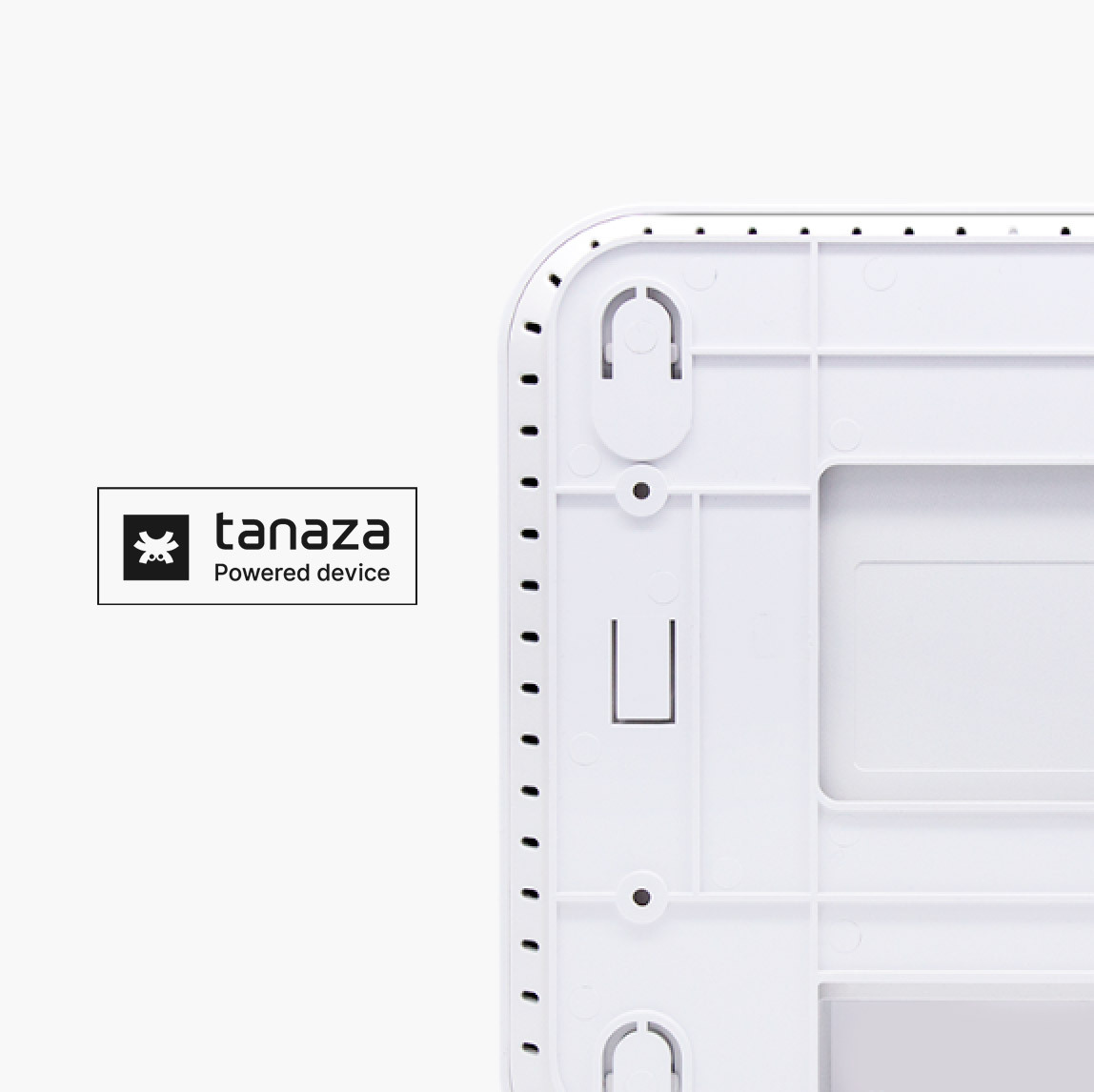The other thing to check for is potential interference with the WiFi network’s frequency range. Interference can slow down a network significantly and reduce its scope as well. For instance, for the 2.4GHz band, the two most obvious sources of wireless network interference are wireless telephones and microwave ovens. Instead, for the 5GHz band, cordless phones, radars, digital satellite and perimeter sensors are the most common sources of interference.
When multiple devices operate on the same frequency, there is usually interference that can affect the signal’s characteristics at the receiving point and reduce the connection speed. Your WiFi connection on a particular frequency band can also be faster or slower because of other devices’ interference.
The waves used by the 2.4GHz band are better suited for longer ranges and transmission through walls and solid objects. Therefore, 2.4GHz is more convenient if you need to provide a better scope on your devices or have many walls or other objects where you need coverage.
On the other hand, the 5GHz band’s shorter waves make it less capable of going through walls and solid objects. This happens because of electromagnetic waves’ peculiar characteristics: at higher frequencies (5GHz), waves attenuate stronger. Hence, the signal is easily influenced by multiple obstacles like walls, floor, ceiling, doors, and others.
Overall, 5GHz WiFi frequency experiences fewer interferences from other devices than WiFi connections using 2.4GHz. Therefore, if your WiFi network is located where there are many interferences from other devices/appliances, it will slow down your connection; thus, we would suggest steering your devices to the 5GHz WiFi frequency. But, if you want to deliver more signal coverage, then use the 2.4 GHz frequency instead.
As a side note, when using the 5GHz frequency band, the client device (smartphone, tablet, laptop, or USB adapter) must support this frequency.




